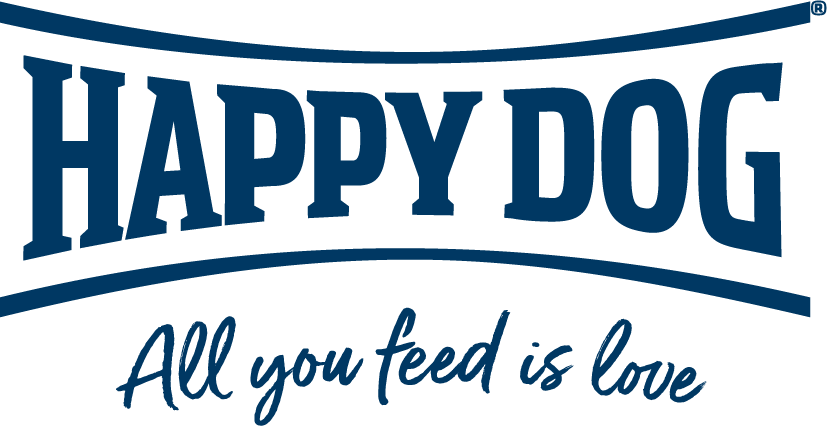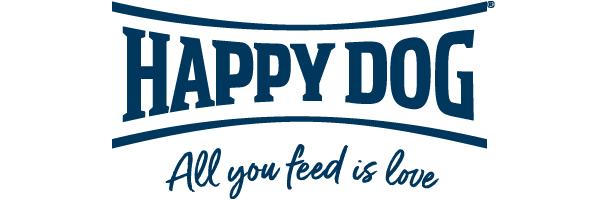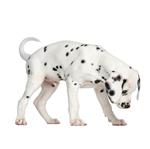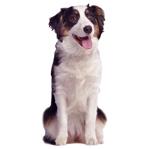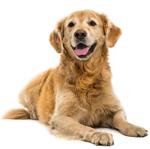Dogs’ bodies undergo quite a few changes as the years go by. Many processes are rather stealthy and go unnoticed for a long time. Internal organs such as the liver and kidneys and the cardiovascular system often become less efficient, most metabolic functions slow down and the immune defence is generally weaker than in young animals.
Asa result, older pets can easily fall ill. The senses such as hearing, sight, smell and taste also become less efficient over time. Sometimes dogs will suddenly refuse to eat their usual food. But you should check with your vet to rule out any physical reason for the loss of appetite.
